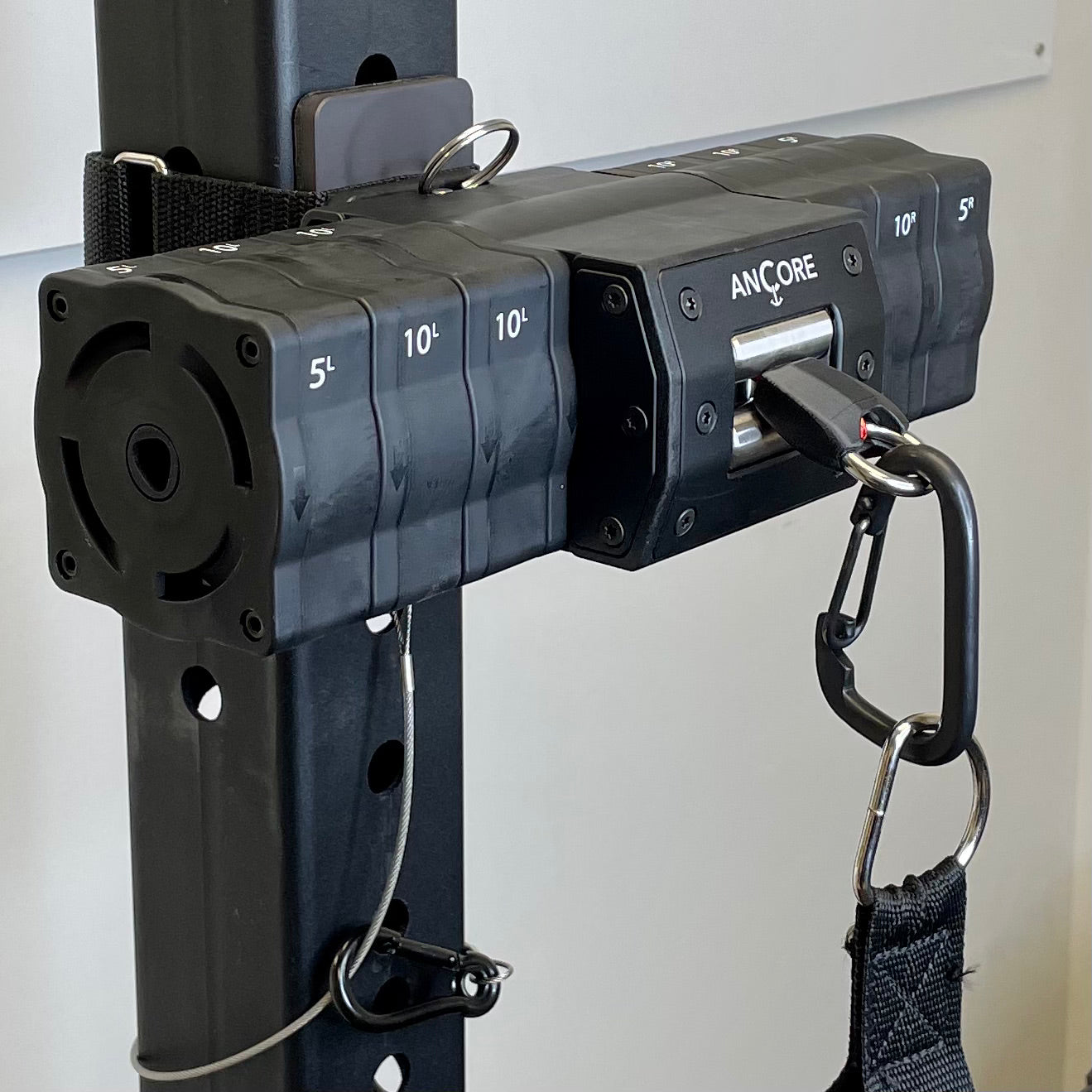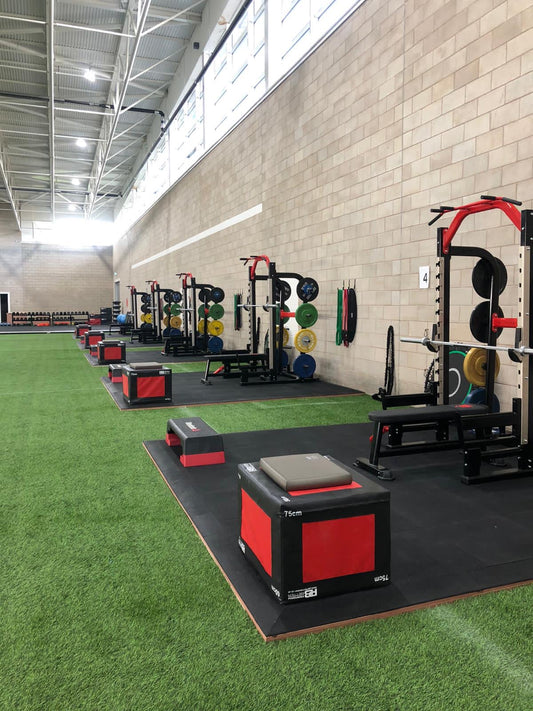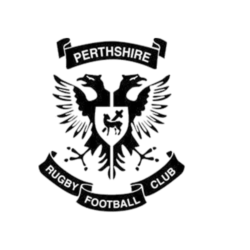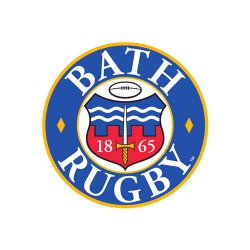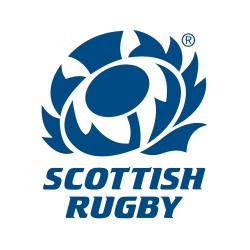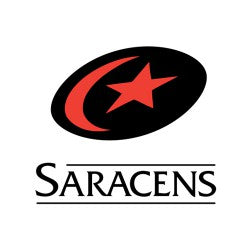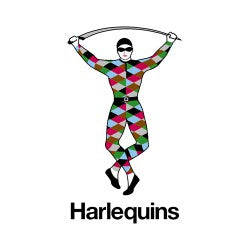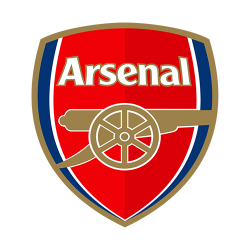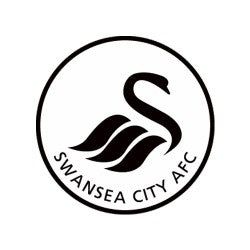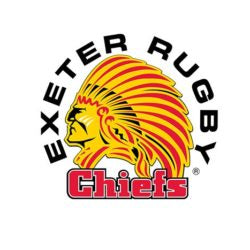
Although commonly described as a ‘GPS unit’, the technology inside a player tracking device is much more complex and includes an IMU component.
GNSS is a technology developed by the American military (GPS) in the 1960s, to give precise and accurate locations to troops. Very simply, the technology works by receiving information from satellites, including the time the message was sent and the orbital location. By knowing the location of the satellite in orbit, it is possible to calculate the distance the unit is from a satellite. Therefore, with a minimum of four satellites, it is possible to accurately triangulate a position. Any GNSS device works in this way, from an iPhone or a sat nav to an athlete tracking device.
This sounds fairly simple and has been around for years – so why is it any more difficult in humans?
Activities that aren’t performed at high speed are easy to calculate when looking at data such as distance covered, or speed. They also work very well for transport where distances being covered are much larger and at faster speeds. This means that the margin for error of accuracy increases (5-10 metres at 50mph isn’t such a problem!).
This can become a little more tricky when tracking humans during sporting activities – where activity profile includes huge variance in velocities and acceleration. Early athlete tracking systems used a frequency of 1Hz or 1 data point per second to track the movement of players, with 5Hz coming a few years later. Moving to the current day, frequencies of 10Hz are commonly used in devices such as the Catapult S5 and X4. At 10Hz the ability to track velocities and accelerations (and decelerations!) has greatly improved.
To calculate the GNSS derived metrics (distance/velocity) given out through the software in tracking devices, all is needed is the latitude and the longitude of the device. This change in latitude/longitude from point A to point B generates a distance, as a 10Hz device calculates a new data point every 10th of a second. The velocity can easily be calculated from this. This is the basis for commonly used metrics such as high speed distance (19.8kmh+), accelerations (3m/s+) and max velocity during a Match.
This all seems pretty simple for modern day technologies. However, the difficulties aren’t necessarily to do with you collect data – but how you try to ensure that the data is of a high enough quality?
There are numerous ways this can be done. One way to do this is to filter data appropriately. For example, satellites aren’t stationary. In fact they’re pretty quick. Satellites orbit at above 300km above the Earth’s surface, where orbital velocities are approximately 7.8km per second (increases with altitude!). Therefore, Kalman filters are commonly used to account for this Doppler shift.
Similarly, the accelerometers within tracking devices can be used to improve the accuracy - by filtering out any ‘movement’ that doesn’t have an associated accelerometer trace in the vertical plane. This is what is seen during team sports, or any running based sport.
Despite the improvements in player tracking using GNSS in recent years, there are some limitations in its application in sport:
1. Measuring accelerations/decelerations gives the greatest potential for error.
One solution for these comes in the form of an IMU unit – incorporated into some tracking devices. This is a name given to a device that contains accelerometers, gyroscopes and magnetometers. Gyroscopes can be used to determine the position of the unit to give a true reading of acceleration from the accelerometers, i.e. athletes are rarely stood up tall when performing sporting actions, if a footballer accelerates he is unlikely to be tall – there will be a forward lean. Using accelerometers alone would indicate the athlete is accelerating towards to the ground in the forwards plane, where their actual acceleration is a true forward. By being able to measure a true forwards reading in the accelerometer, it is possible to calculate accelerations and decelerations without using GNSS technology. These same principles can then be applied to other planes (Up, Sideways, Forwards) to determine other sports specific movements (with enough work and a clever algorithm!).
2. GNSS technology cannot be used indoors, and accuracy can be significantly reduced in areas with tall buildings, making stadia more difficult. This will have a varying effect depending on the layout and size of a stadium, whilst most of the pitch tends to be fine – the touchlines and corners can be the worst affected.
The introduction of Local Positioning Systems (LPS) within Stadia would solve this problem very nicely. An example of an LPS is the Catapult Clearky system where the use of satellites is replaced by ‘nodes’ which do not move during a sporting occasion. The x, y and z coordinates of the pitch can then be calculated by mapping out each node from the centre of the pitch. Not only does this mean that Stadia and indoor arenas can get high quality information (as they would from GNSS on a training field), but with an increased accuracy using a technique known as multilateration which works on calculating the difference in time taken to receive a signal between two known locations.
In this article I have tried to scratch the surface on how player tracking devices work (as simply as possible!).
If you have any further questions please feel free to get in touch
